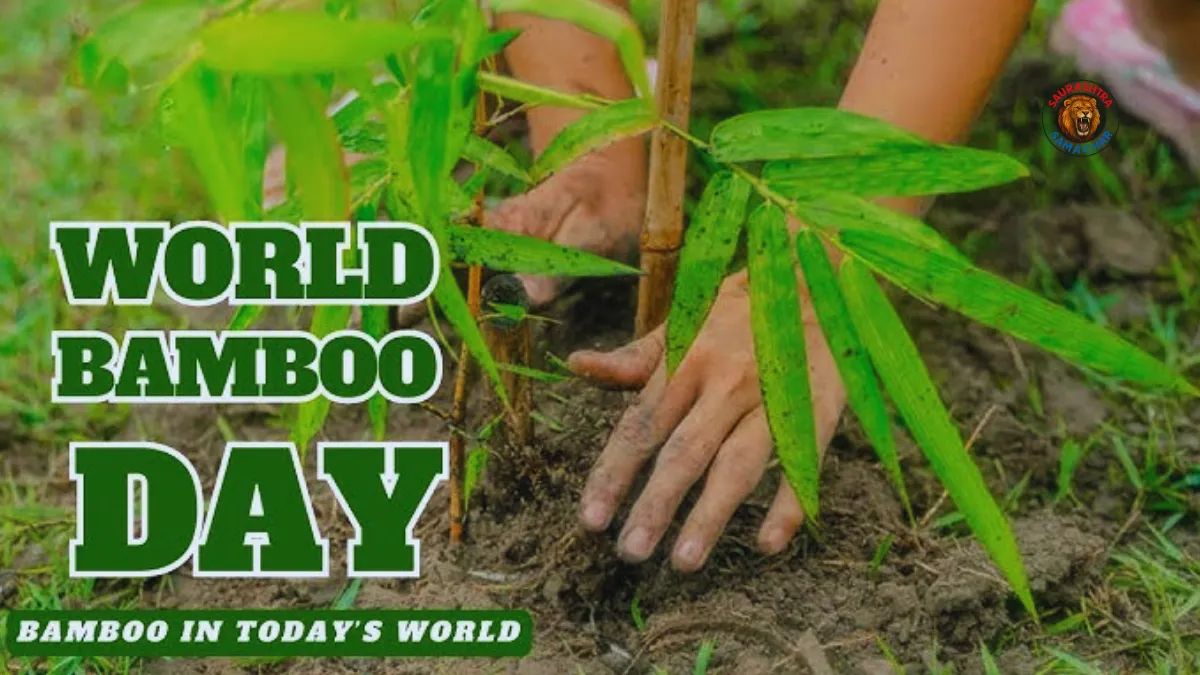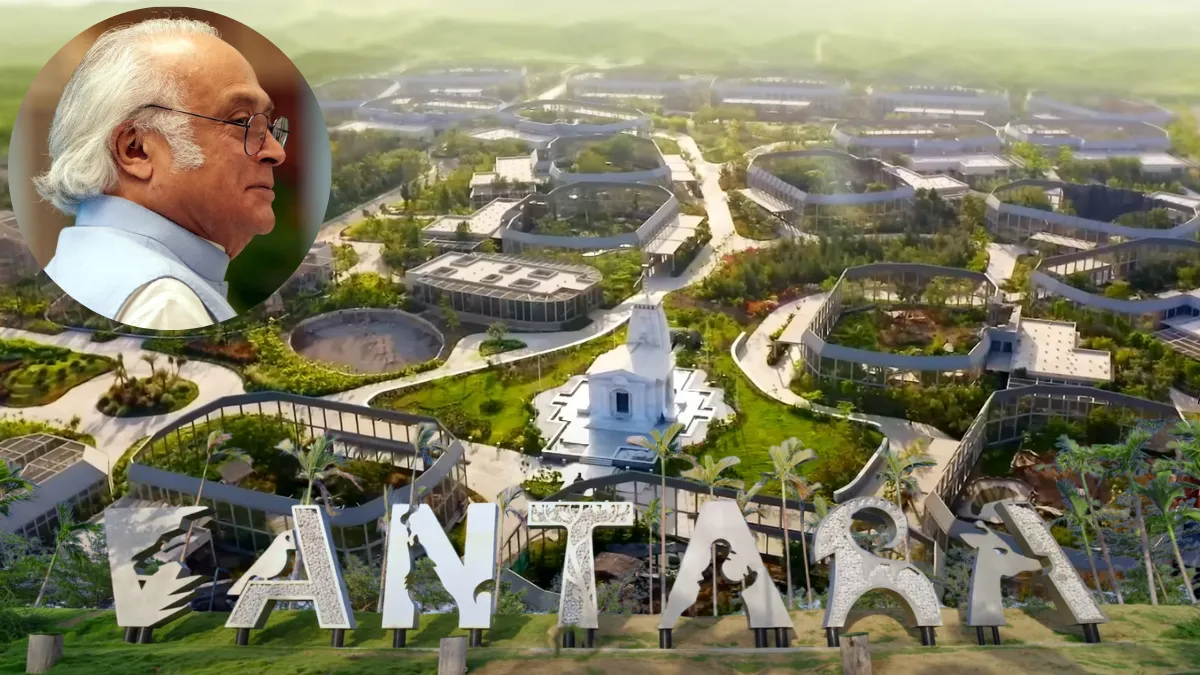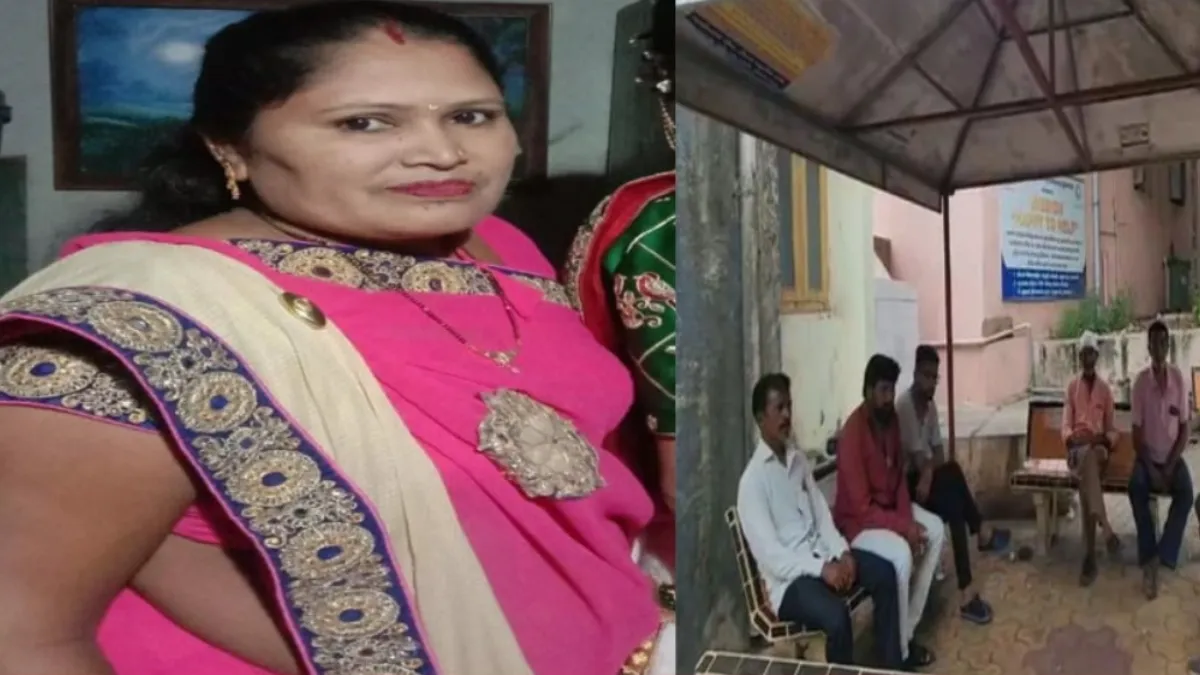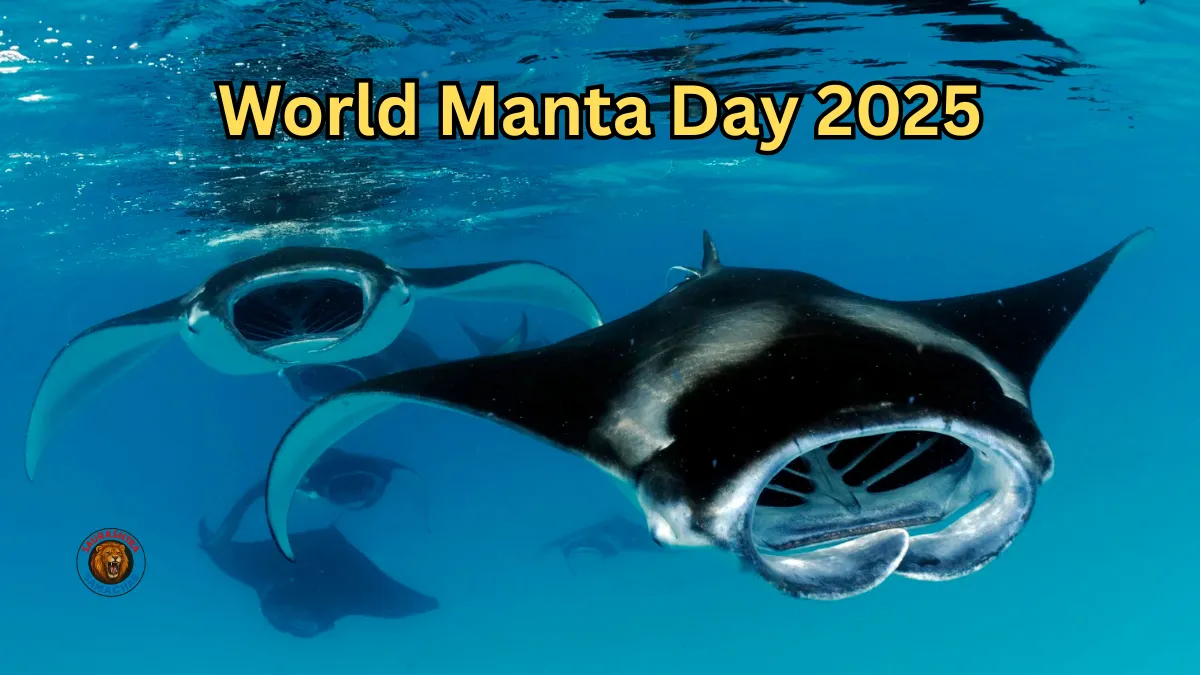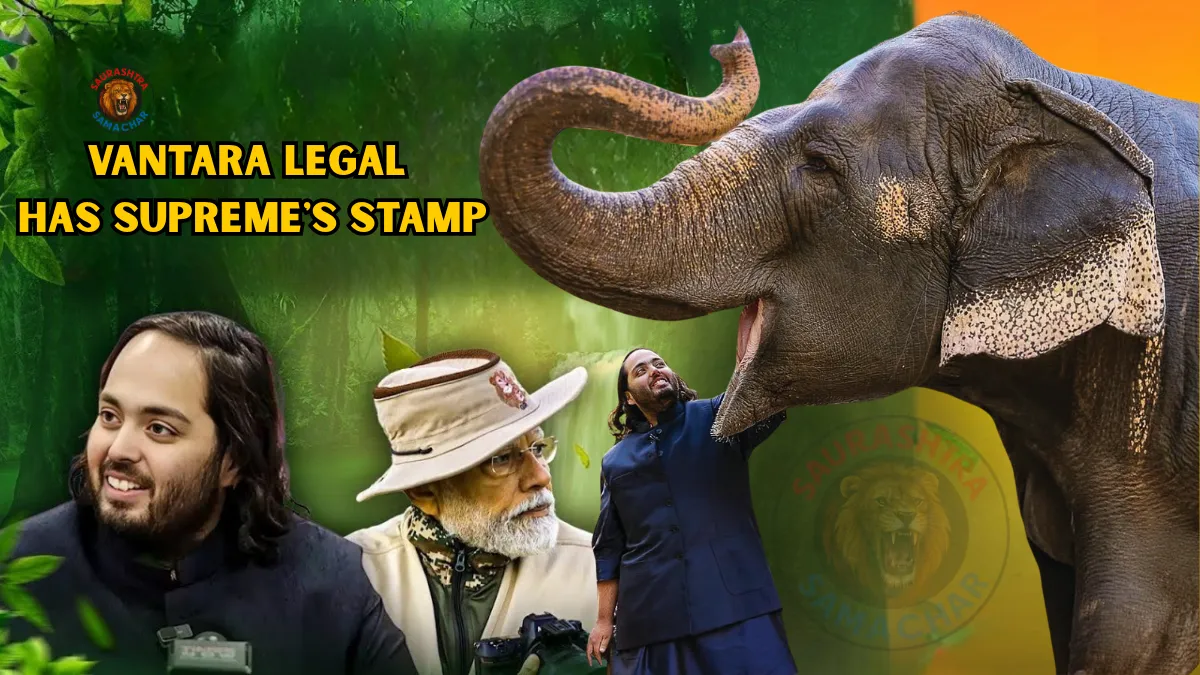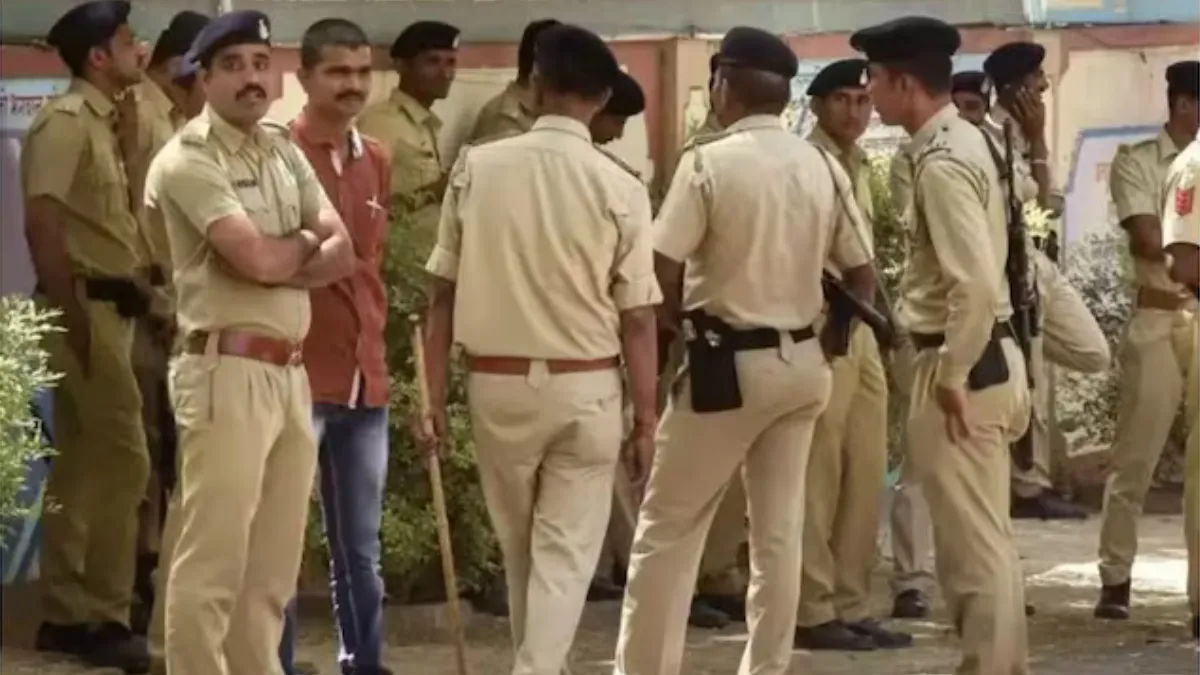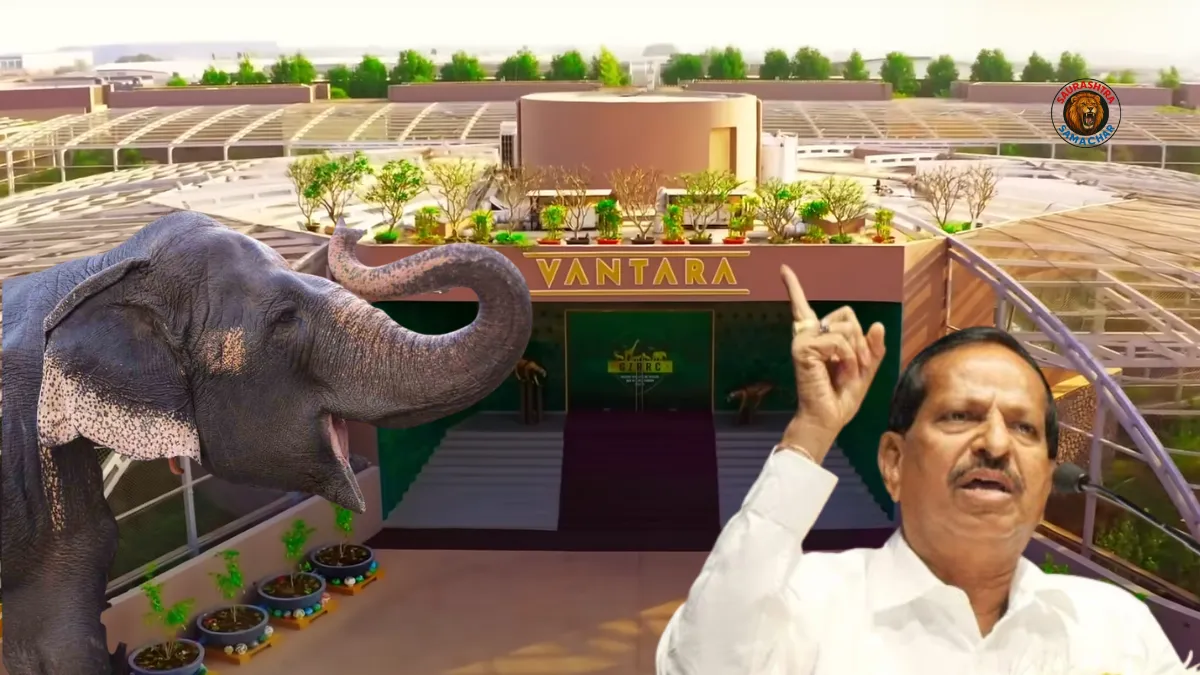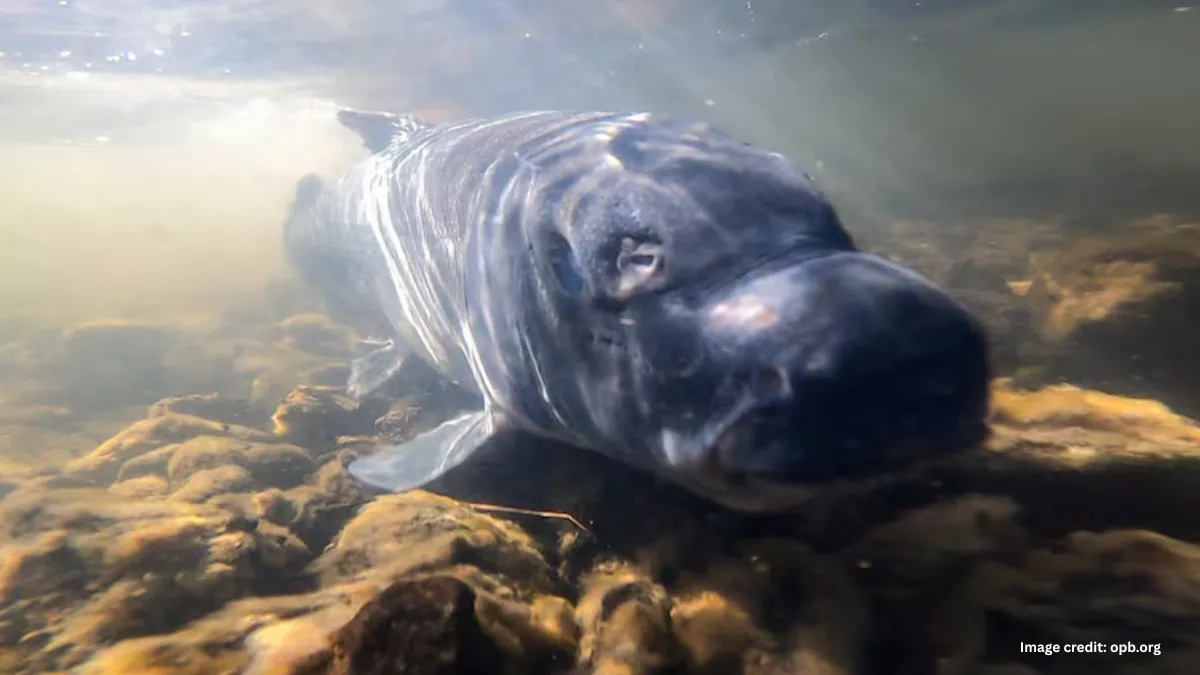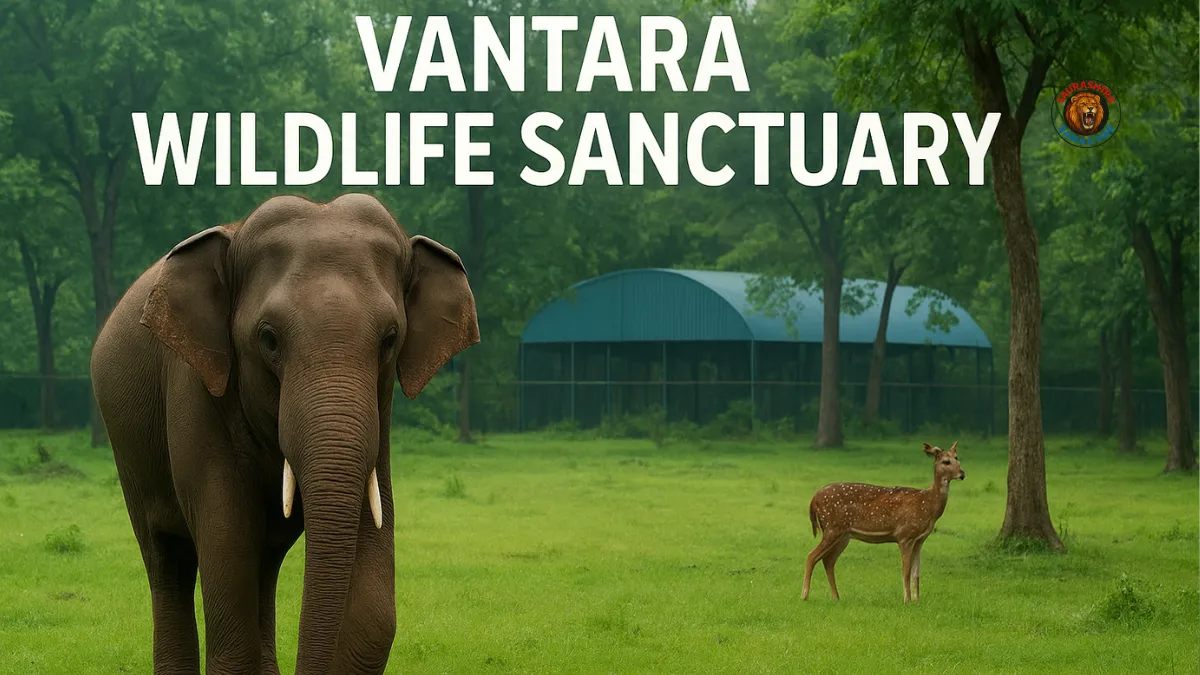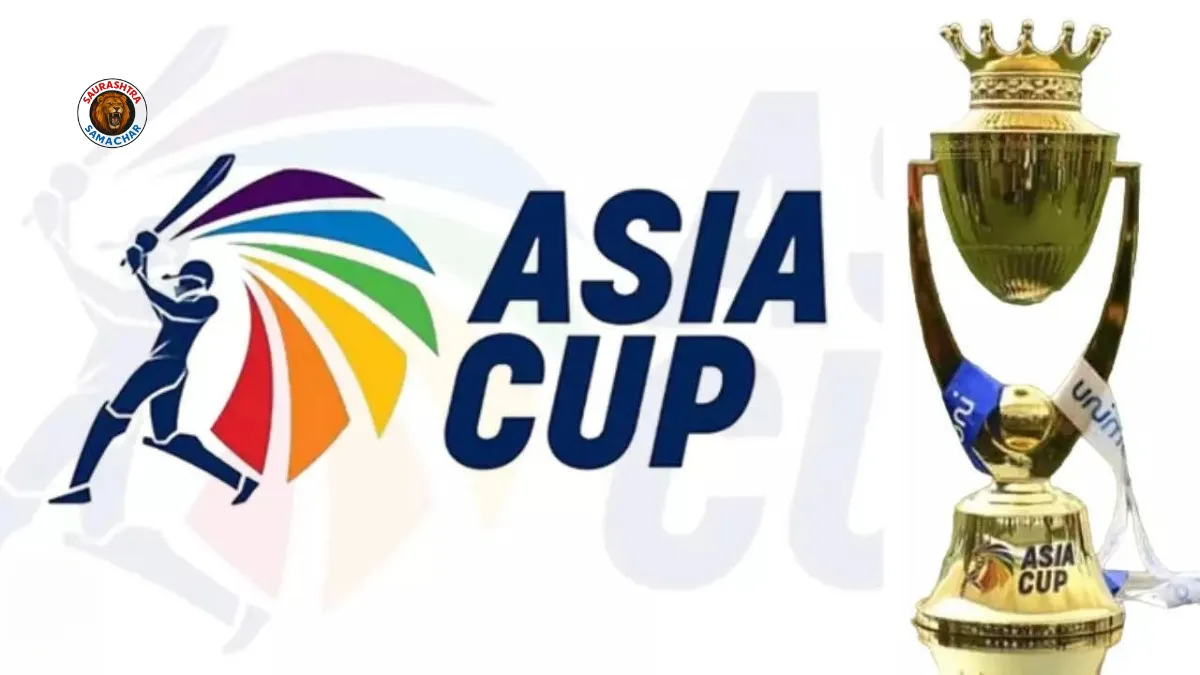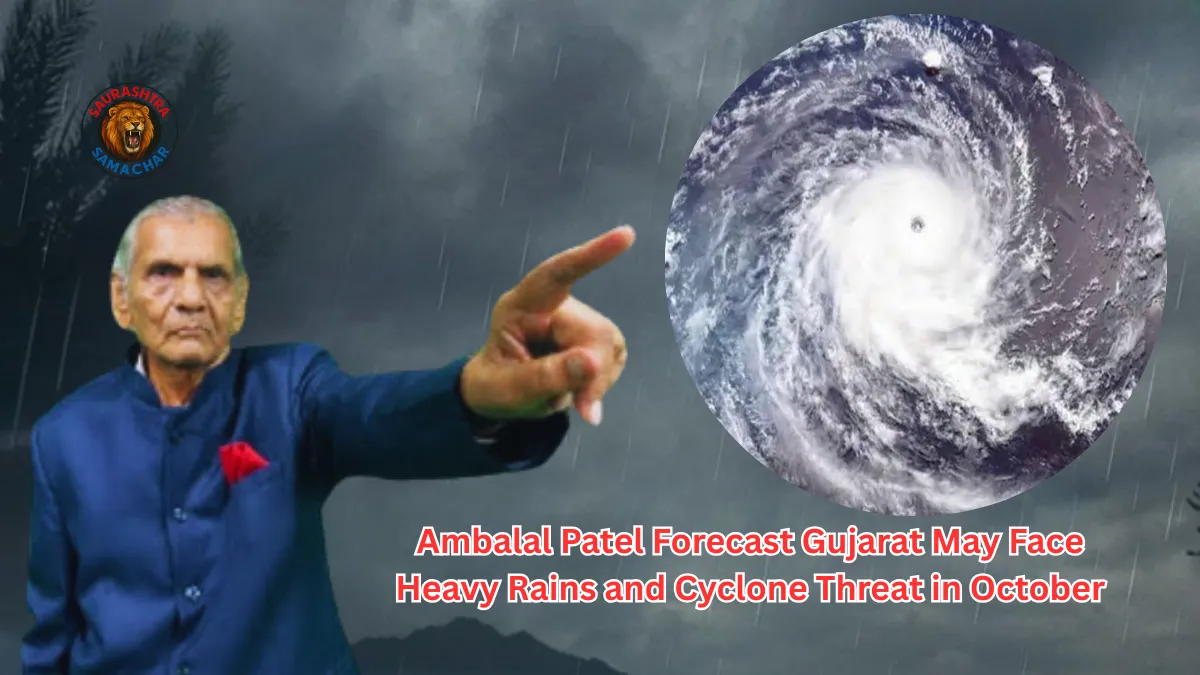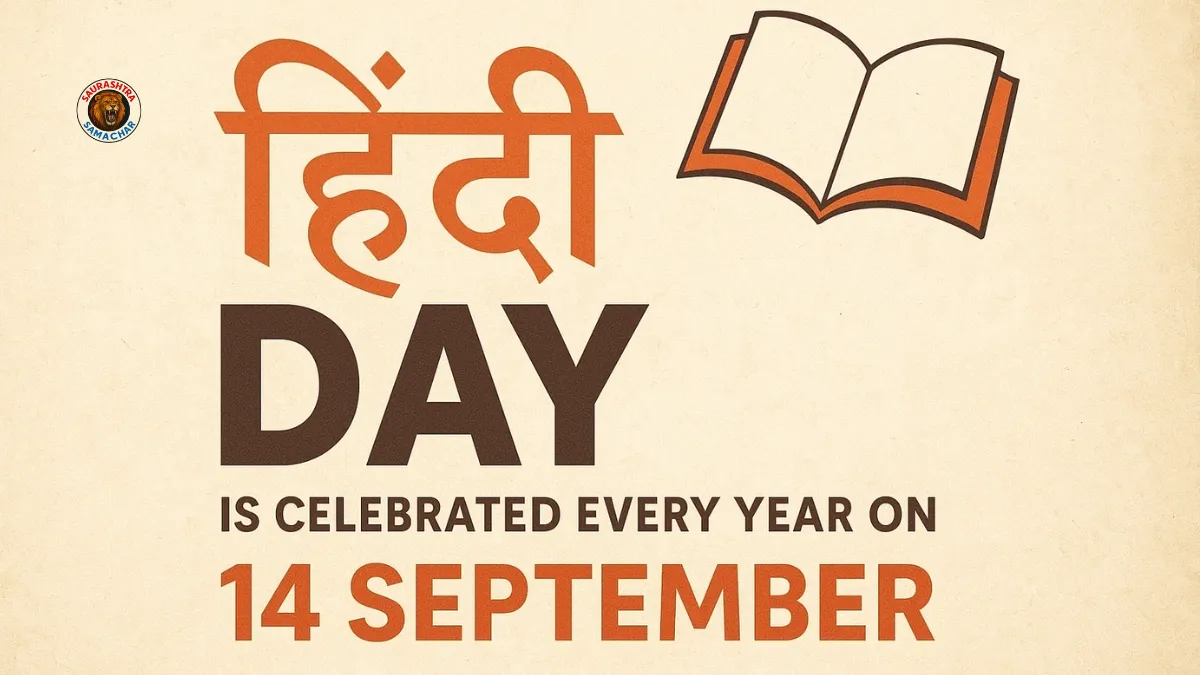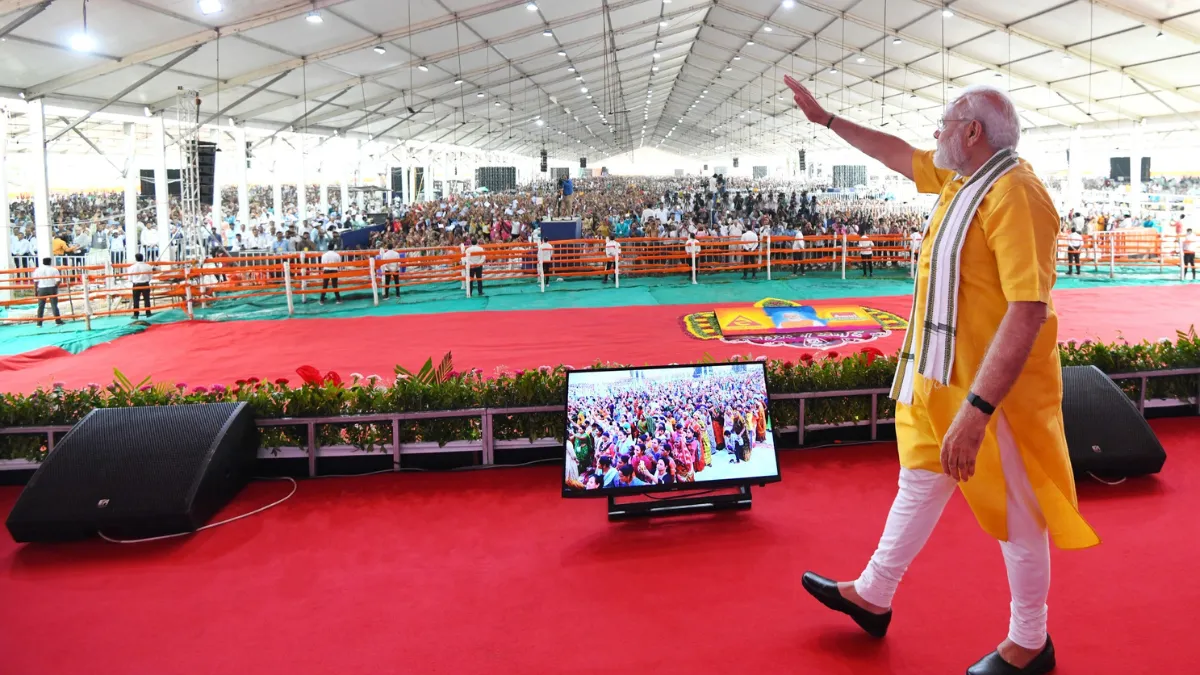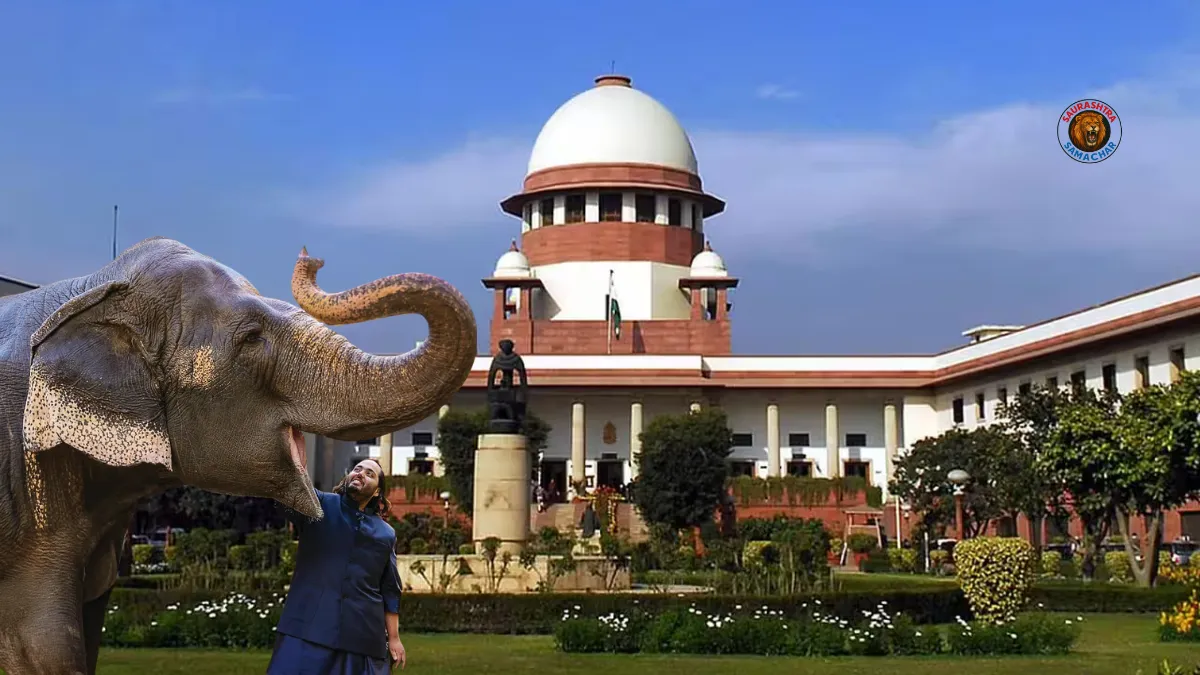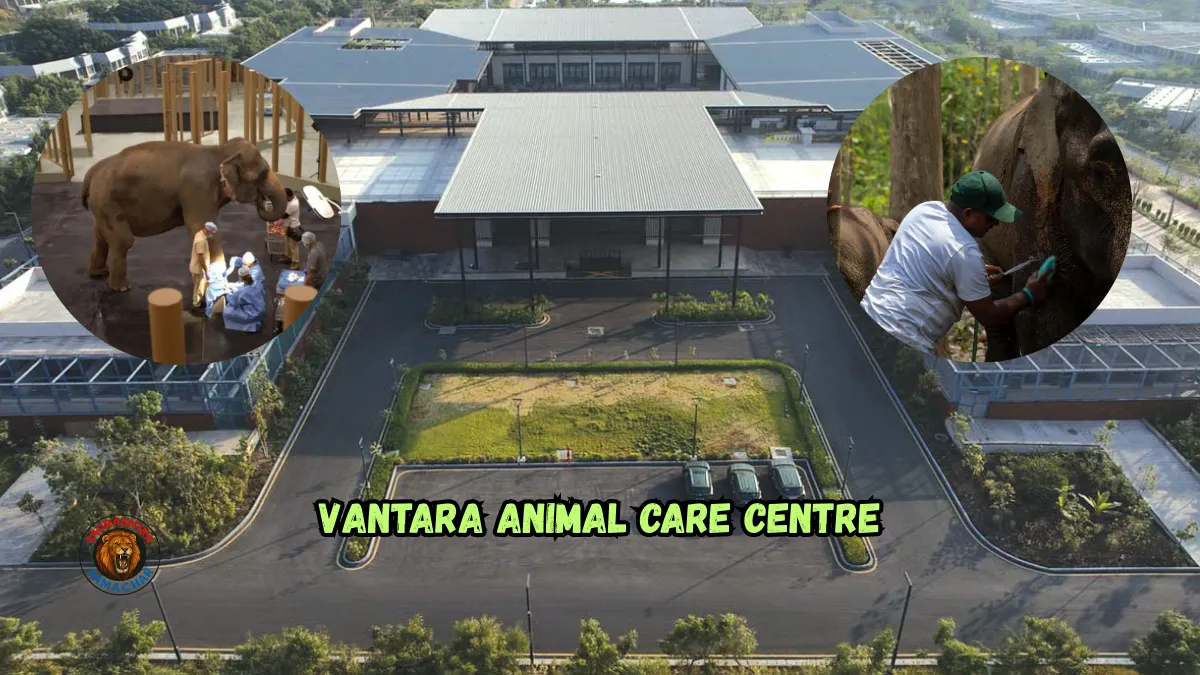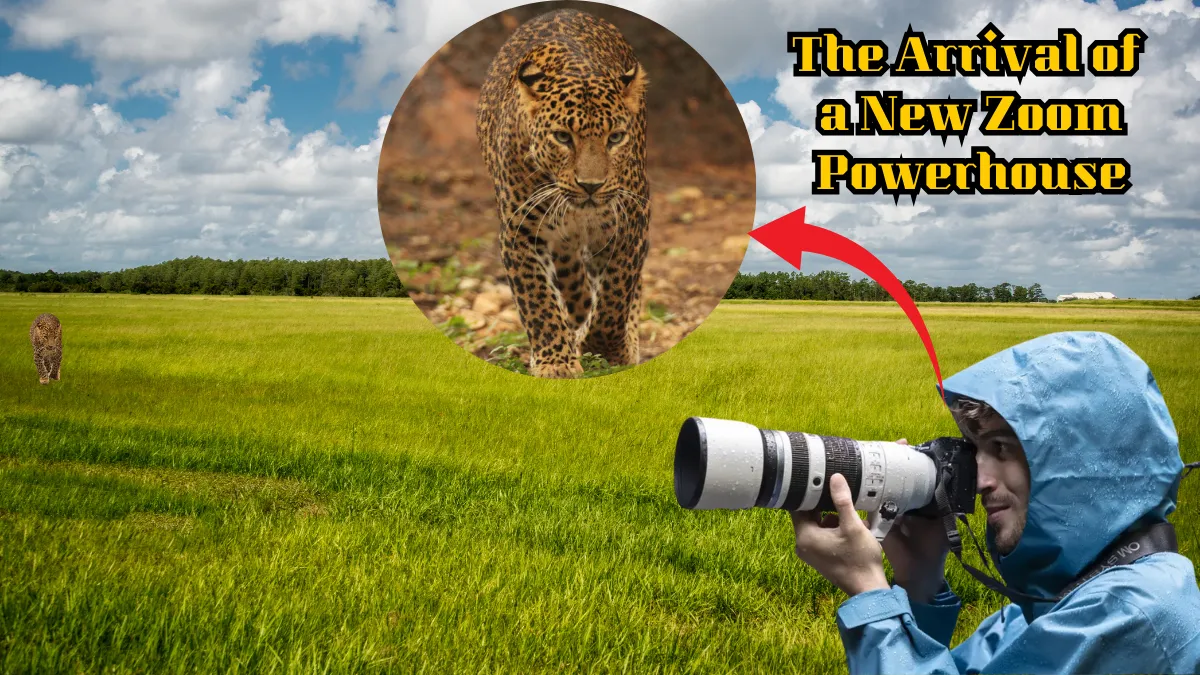In a significant development, the Supreme Court of India has received a sealed cover report from the Special Investigation Team (SIT) in connection with the ongoing inquiry into the operations of the Vantara Wildlife Centre in Jamnagar, Gujarat. The apex court had earlier directed the constitution of an SIT to look into allegations regarding the acquisition of animals, possible mistreatment in captivity, and financial irregularities surrounding the sanctuary. On Friday, the court recorded the submission of this confidential report, marking a crucial step forward in the high-profile case.
This article takes a closer look at the background of the case, the importance of the sealed cover report, the role of the SIT, and what the future may hold as the Supreme Court continues to monitor the matter.
Background of the Case
Vantara, a large-scale wildlife rescue and rehabilitation centre launched in February 2024 by industrialist Anant Ambani, has been positioned as one of the most ambitious conservation projects in the world. Spread across 3,500 acres, it provides advanced veterinary care, naturalistic enclosures, and international collaboration in the field of animal welfare.
However, despite its global recognition and appreciation from international communities, concerns were raised in India about the source of some animals, the legality of their acquisition, and whether all welfare guidelines were being strictly followed. Public interest litigations (PILs) soon reached the Supreme Court, urging a deeper examination of the project.
Responding to these petitions, the apex court formed an SIT led by a former judge to conduct an impartial inquiry and present its findings in a sealed cover.
SIT Submits Sealed Report to SC
On September 12, the much-anticipated update came when the SIT submits sealed report to SC in compliance with the earlier order. The court noted the submission but did not disclose the content of the report publicly, given its sensitive nature. Instead, the matter has been kept under further consideration, with the bench expected to study the findings before passing additional directions.
The use of sealed cover procedure has been adopted in many sensitive cases where disclosure of details in the public domain might compromise ongoing investigations, reveal confidential information, or create unnecessary speculation. In this case, the SIT’s sealed report is expected to contain factual findings about the acquisition process of animals, medical facilities available at Vantara, and compliance with Indian as well as international wildlife regulations.
Why the Sealed Cover Matters
The sealed cover procedure is often debated in Indian judicial practice. Critics argue that it reduces transparency, while supporters say it helps protect sensitive data and prevents premature media trials.
In the context of Vantara, the sealed cover report serves several purposes:
- Confidentiality of Sources – The SIT may have relied on whistleblowers, official correspondence, or sensitive agreements that cannot be publicly shared at this stage.
- Protection of Evidence – Disclosing documents prematurely may impact the authenticity of evidence or lead to tampering.
- Avoiding Speculation – Wildlife conservation is an emotional issue, and partial disclosure could spark unnecessary panic or misinformation.
Thus, by submitting findings in a sealed envelope, the SIT has ensured that the Supreme Court judges get the full picture without external interference.
The Role of the Supreme Court
The Supreme Court has been playing a central role in ensuring accountability in the matter. By forming an SIT under judicial oversight, the court signaled its intent to maintain impartiality and transparency.
The bench has taken into consideration:
- The importance of wildlife conservation in India.
- The need to balance private initiatives with public trust.
- The global reputation India holds in terms of biodiversity and animal welfare.
While acknowledging the positive aspects of projects like Vantara, the court also stressed the necessity of verifying compliance with legal, ethical, and ecological standards. The sealed report is expected to guide the judges in deciding the next steps.
Possible Outcomes After the Report
With the SIT submits sealed report to SC, several possibilities emerge in terms of future proceedings:
- Compliance Confirmation – If the SIT report finds that Vantara followed all legal procedures and international norms, the court may close the case with appreciation for the initiative.
- Corrective Measures – If minor gaps or oversights are identified, the Supreme Court may issue guidelines for stricter compliance and monitoring.
- Further Investigation – In case of serious violations, the apex court may direct deeper investigation, issue restrictions, or ask government bodies to take regulatory action.
At present, no conclusions can be drawn, as the sealed cover has not been made public. The official stance will become clearer once the court reviews the contents and passes an order.
Public and Global Reactions
The case has attracted both national and international attention. Conservationists are closely watching how India handles the situation, given its global commitments under biodiversity treaties.
- Wildlife activists have demanded more transparency, urging the Supreme Court to eventually share at least a summary of the findings with the public.
- Supporters of Vantara highlight the state-of-the-art facilities and argue that such a project should not be unfairly targeted when it is contributing positively to animal welfare.
- Global conservation bodies are monitoring the case to see how India balances private sector initiatives with strict ecological accountability.
Also read: Vantara: Healing Wildlife and Restoring Earth’s Balance
Why the Case Is Important
The Vantara case is more than just a legal dispute—it highlights the growing intersection between private philanthropy, wildlife conservation, and judicial oversight. It sets an important precedent for:
- Accountability of private conservation projects.
- Judicial responsibility in ecological matters.
- India’s international image as a guardian of biodiversity.
The sealed cover report may eventually guide how future private-public conservation collaborations are regulated in the country.
Also read: Is Vantara Legal in India? Laws, Permissions, and Controversies Explained
Conclusion
The submission of the sealed report marks a critical milestone in the ongoing judicial inquiry into Vantara. By ensuring confidentiality, the SIT has presented its findings without risking interference or speculation. The next few hearings will determine whether the project emerges fully vindicated or whether additional scrutiny is required.
As the SIT submits sealed report to SC, the eyes of conservationists, policymakers, and the global community remain fixed on India’s highest court. Whatever direction the case takes, it will undoubtedly shape the future of wildlife conservation projects in the country.

